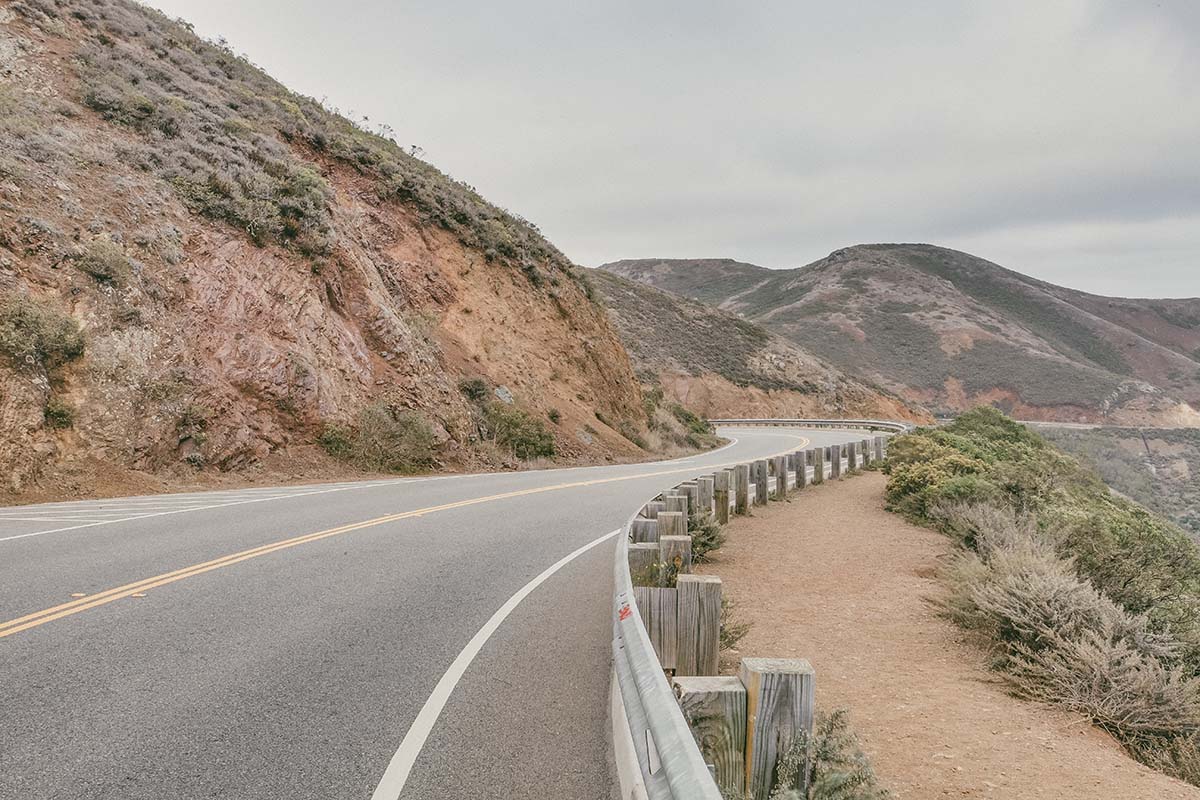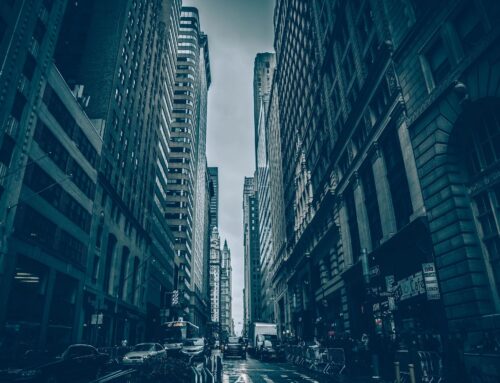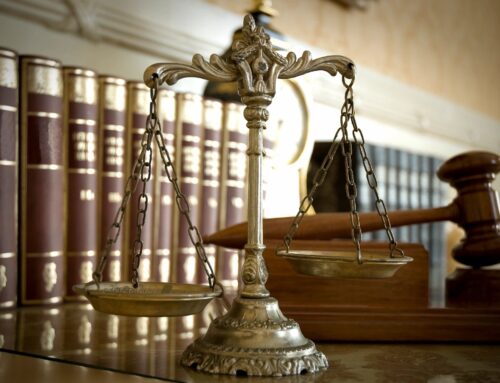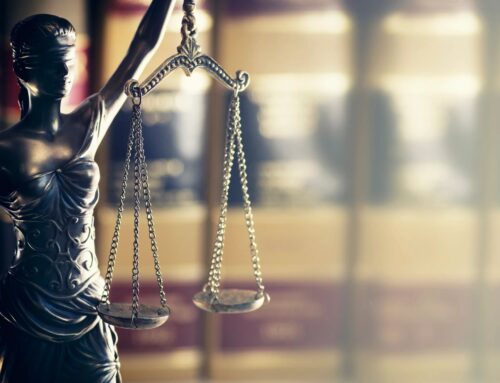Guardrails are, by design, intended to save lives. They are there to prevent a careening vehicle from either entering oncoming traffic, going over a bridge or overpass, or hitting something far more dangerous. However, as with all things man made, guardrails are not perfect. In fact, sometimes they are designed or installed in such a way that they are defective and can fail to stop the accident they were supposed to prevent.
Given the high speeds at which cars or trucks usually encounter guardrails, any defect in the design, manufacturing, or installation of them will come with significant injuries and consequences. The injuries that can result from these types of crashes range from the minor to the catastrophic. It is not uncommon to see injuries from flying glass and back injuries to broken bones and concussions. Other injuries can include loss of a limb, electrical burns, internal bleeding, and paralysis. Any of these injuries can mean that the person can no longer work or be a successful member of society.
While guardrails are designed to telescope when hit and thus still protect the victim, it is also possible that they will fail in this critical mission. The vehicle could crash through the guardrail which could puncture the front windshield, hurting or even killing the driver or passenger. The vehicle could end up bypassing the guardrail all together resulting in a high-speed front-end collision. Worse still, the car could go over a bridge or overpass leading to almost certain death. In short, guardrail crashes are probably some of the most serious accidents that can occur.
The question of who is at fault when there is a guardrail accident is surprisingly not immediately obvious. There could be myriad reasons for the person’s car hitting the guardrail such as the person’s tire blew out causing them to swerve into the guardrail. This could involve suing the manufacturer of the tires and/or the car manufacturer. Another possible cause could be another driver forcing the car into the guardrail to avoid a collision meaning the other driver should be sued. Still another possibility is the driver going too fast in unsafe weather conditions. Even the design of the road itself can be a contributing factor. For example, perhaps it was designed years ago for less traffic and lower speeds than what it is used for today.
Another possible responsible party is the construction firm that installed the guardrails and the engineering firm that designed them. It could even come down to an individual working for the installation company who did not follow proper procedure. Depending upon how old the guardrail is, the original companies could be out of business requiring even more digging to find out who is their successor and if they could be held responsible.
The sheer complexity of the question of who is at fault means that it is imperative to have a qualified and skilled Los Angeles car accident attorney at your side from the very beginning to help you navigate the field. If you leave out even one possible responsible party, that could mean a significantly lower payout in damages. Remember also that each responsible party may need to be charged under a different theory of liability. For example, a driver who runs someone off the road and into a guardrail should face negligence charges while a guardrail manufacturer should probably face product liability charges. This is yet another level of complexity in determining fault that must absolutely be left in the hands of an experienced and competent car accident attorney.
In addition to the private third party possible responsible parties, consider also that the city, state, or federal government may be at fault for the accident by their maintenance – or lack thereof – of the guardrail or road. The government entity that is responsible for a particular section of road and its guardrails has a duty of care to keep that section of road and guardrail in a reasonably safe condition and to fix known safety hazards on the road. However, even identifying which government entity is responsible for a particular road, bridge, or section of highway is incredibly complex and requires the skills of experienced counsel.
Moreover, once you have identified the relevant municipal authority, there are different time frames and requirements for bringing accident claims against the different authorities. While generally, the time frame in which to file a claim in California for most personal injury and wrongful death suits is two years, claims against the government follow different rules which could require that you file no later than six months after the accident. Your personal injury attorney will guide you to ensure that you do not let any possible claims lapse.
Once you’ve identified all of the possible responsible parties, the type of claim that you file will depend a great deal on the level of injuries you or your loved one sustained. If the person died in the accident, then you would bring a wrongful death action against the responsible parties to sue for damages including funeral expenses and loss of income. You can also seek damages for loss of companionship.
If the person was not killed, there could still be significant injuries requiring long term treatment including surgery. You can also seek damages for the cost of continuing medical care, loss of income during the time that you could not work because of your injuries, loss of future income if the accident was disabling, compensation for the loss of a limb, pain and suffering, and emotional damages.
In short, guardrail accidents are usually amongst the most serious of car accidents, but they are also very complicated. Between determining the appropriate parties to sue and the appropriate damages to sue for, it can be incredibly confusing. Therefore, it is essential to have a skilled, qualified, and experienced Los Angeles-area legal counsel to help you every step of the way.






